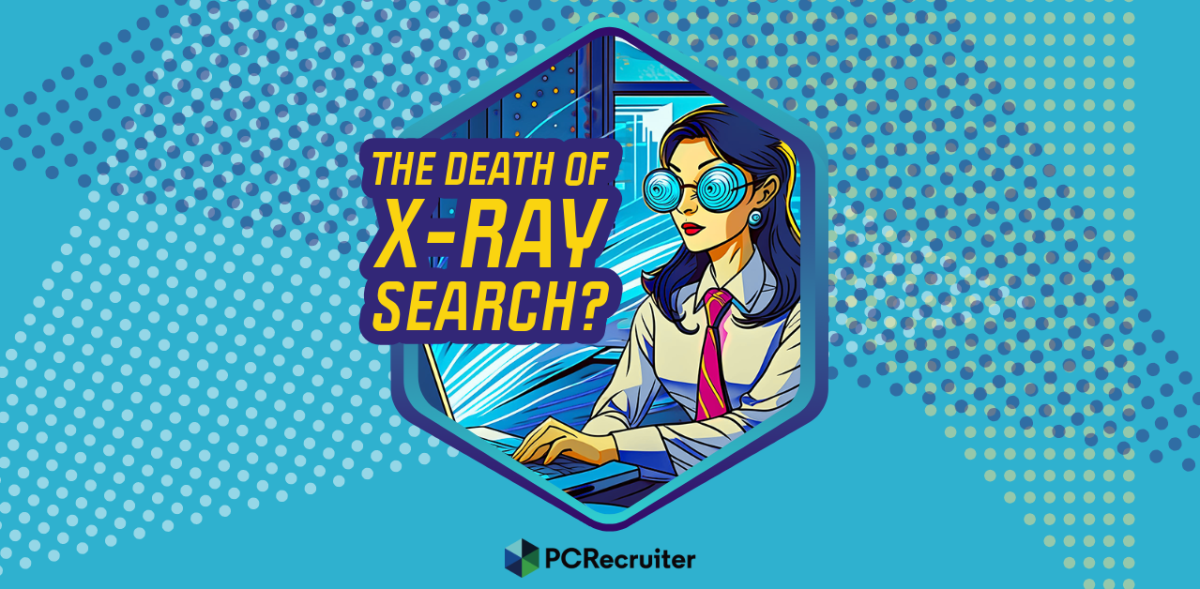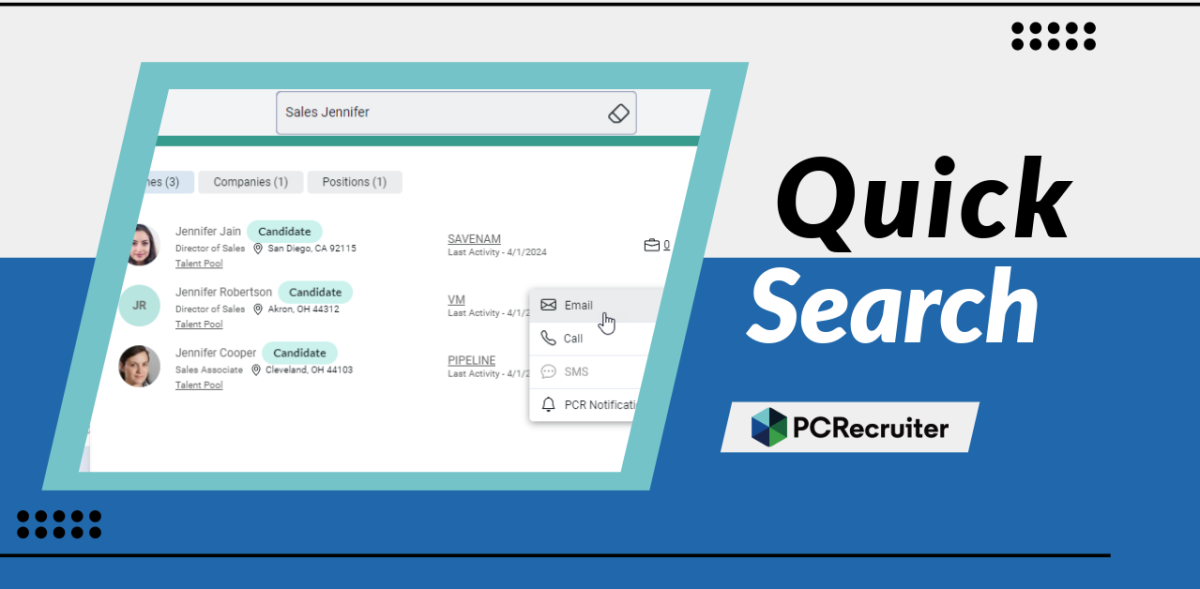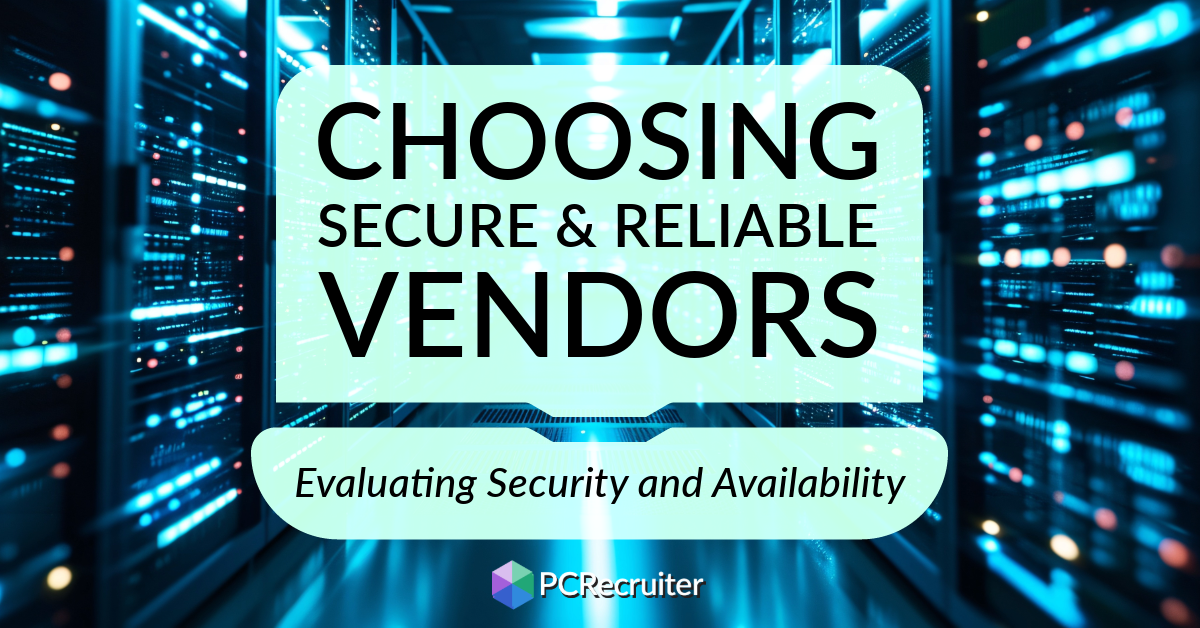A common misperception among solution buyers has developed because the terms “Web-Based Software”, "SaaS" (Software as a Service) and "Cloud" are often used interchangeably, but they often mean different things. It's helpful to understand the usage differences between Web-Based, SaaS, and Cloud when selecting software systems; the differences can be meaningful.
Web-Based:
A “Web-Based” system is software delivered to end-users via a web-server, over a network using the TCP (Internet) protocol. (A network protocol describes how information is moved between devices on the network; the Internet protocol is a worldwide standard). Virtually any software can be enabled to work over a browser, and can be marketed as web-based, so the term may also mean that a system uses native web technology, which delivers HTML and objects directly to the browser rather than some kind of remote control for users to operate non-browser usable applications on a server.
Compared to the (preceding) software model that required software to be installed on each end-user’s computer or device, delivering software from a single computer (the web-server) over the public Internet (or a private network running the Internet protocol) offers huge savings in technical support and enables much greater performance (because one very fast computer is less expensive to buy and support than many computers), and greatly simplifies mobile access for end-users. These advantages are so compelling that today nearly all business systems offered or under development use the web platform for their basic architecture.
There are effectively (at least) four portions of any Web-Based software solution;
Almost any device can operate a webserver. Every new Microsoft Windows equipped computer may perform as a web-server, but so can various coffee pots, digital cameras, and automobiles among other devices that can also serve web pages in our connected world. PCRecruiter runs on Windows servers, but the concepts are the same on any web server.
Larger organizations typically possess all of the elements needed for a given solution except for the software code, which is either licensed for use by a software vendor, created by the organization itself to meet a business need, or rented. Smaller organizations may lack one or more of the required parts, and larger organizations seeking cost savings and flexibility may prefer arrangements where they do not need to provide ANY of the four parts, even with capacity to provide all four.
SaaS and Cloud:
The result is the now realized market opportunity for SaaS vendors to provide solutions where they provide all four portions. That's marketed today as cloud vendors. The term "cloud" arose from the graphic used on flow-charts symbolizing the Internet, which was shaped like a cloud. SaaS vendors all use the cloud, but organizations can use the cloud too: the so called "private cloud" which is just a fancy way of saying company-owned datacenter/networking arrangements. There is also a hybrid approach which is becoming more common: SaaS vendors create the software, but they use a second vendor (often Amazon, Google, or Microsoft) for cloud service, which covers the web server/storage and Internet connection. So in reality, there are "private clouds" where the organization can own/license everything, there are public clouds where either vendors or organizations can run systems but not manage infrastructure, and there are vendor clouds where the vendor does it all.
SaaS has great market momentum because of its ability to deliver high-function (and relatively low-cost per user for complex systems) to organizations regardless of their technical situation. Because of that momentum, many desirable software systems are no longer designed to be available for you to run on your own equipment- they can only be used in the SaaS model.
From a vendor standpoint, it's much more difficult to engineer systems to be customer installable and to then field support them. It's somewhat less profitable in many instances because of the lack of dollar margins associated with hosting and maintenance services and lack of recurring revenue for the whole solution (rather than a small % typically charged for maintenance fees).
Vendors (and Wall Street) also love SaaS because business process software tends to have relatively high potential for customer “lock-in”, which is a reflection of the barriers to selecting and deploying a replacement solution. SaaS vendors generally also have more expertise with their own software, which may lower their service costs as compared to the costs experienced by organizations supporting licensed software.
At Main Sequence, we always start by asking: what's best for our customer?
Each organization has its own balance relating to the four parts of web-based software solutions. SaaS vendors naturally may find it in their best interest to overstate the difficulties, costs, and risks of self-hosting a Web-Based solution, while larger or more dynamic vendors such as the ERP providers (SAP, Oracle/Peoplesoft, Dynamics etc.) and other highly software-centric providers may seek to offer a balance of SaaS and license options to ensure complete market coverage. Main Sequence is in the latter, larger, dynamic category.
Looking at user count as an independent variable, if there will be many users over a long timeline, licensing may be substantially less expensive over the lifecycle for solutions that offer that model. For shorter terms and lower user counts, SaaS may be much less expensive. This pricing behavior is likely to persist because SaaS vendors have limited incentive to separately price hosting and database administration services from the software itself, although the growing hybrid model may force changes in that direction.
Fixed v. Variable Costs
The key driver is fixed v. variable costs. If you already own and pay for three of the four required elements (everything but the software code), you may have mostly a "fixed cost" business case. Paying a vendor margin on stuff you already have is a hard way to save money. If you do not have the other three elements, it may be a variable cost case with a steep early curve, so your particular case might show extreme differences in total lifecycle expense, or your maybe your case does not favor either model.
Other significant decision points about delivery model may include the need for change control (e.g. separating your path from that of the SaaS vendor), specialized needs for unlimited real time interaction with the raw data, differential taxation treatment of licensed software compared to hosting services, availability and security considerations, your DBA and tech capabilities, and other localized factors such as privacy laws.
Self-Hosting Option
Regardless of the overwhelming market hype, self- hosting is entirely a reasonable thing to do to if your situation is suitable and the application software that you want is available for license. The important part to understand is that regardless of who provides the four parts, the end-user experience will generally be the same or very similar if they are using the same or very similar software code; delivery, infrastructure, and maintenance providers are typically indistinguishable to end-users if they perform equally well.
Saas Option
Main Sequence offers a top shelf SaaS solution, where we provide all four elements. We also offer PCRecruiter for license, which you can run on your own infrastructure or use on a public cloud such as those offered by Amazon or Microsoft. You can arrange to move between models to best suit your needs at any time during the lifecycle.
As with many other aspects of PCRecruiter, few competing vendors are as committed to VERSATILITY in their offerings. Main Sequence sales consultants</a> can help you compare the various options- always with your best long-term interest in mind rather than a preconceived narrative from a vendor who only does it one way or another.

“X-ray search” has been a secret super-power to sourcing heroes for a while now. However, some recent changes have made it more challenging to use effectively. Today, let’s discuss what X-ray search is and what seems to be happening to it.
Read more
The PCRecruiter system has been updated today, and the most noticeable change you’ll find is the replacement of our ‘Quick Find’ feature with a new ‘Quick Search’. This search box appears in the upper right hand corner of the PCR screen.
Read more
When choosing a database or other data processing vendor, safeguarding your organization’s information and experiencing consistent application uptime are fundamental, but making informed decisions can be challenging.
Read moreFind out more about who we and what we do.